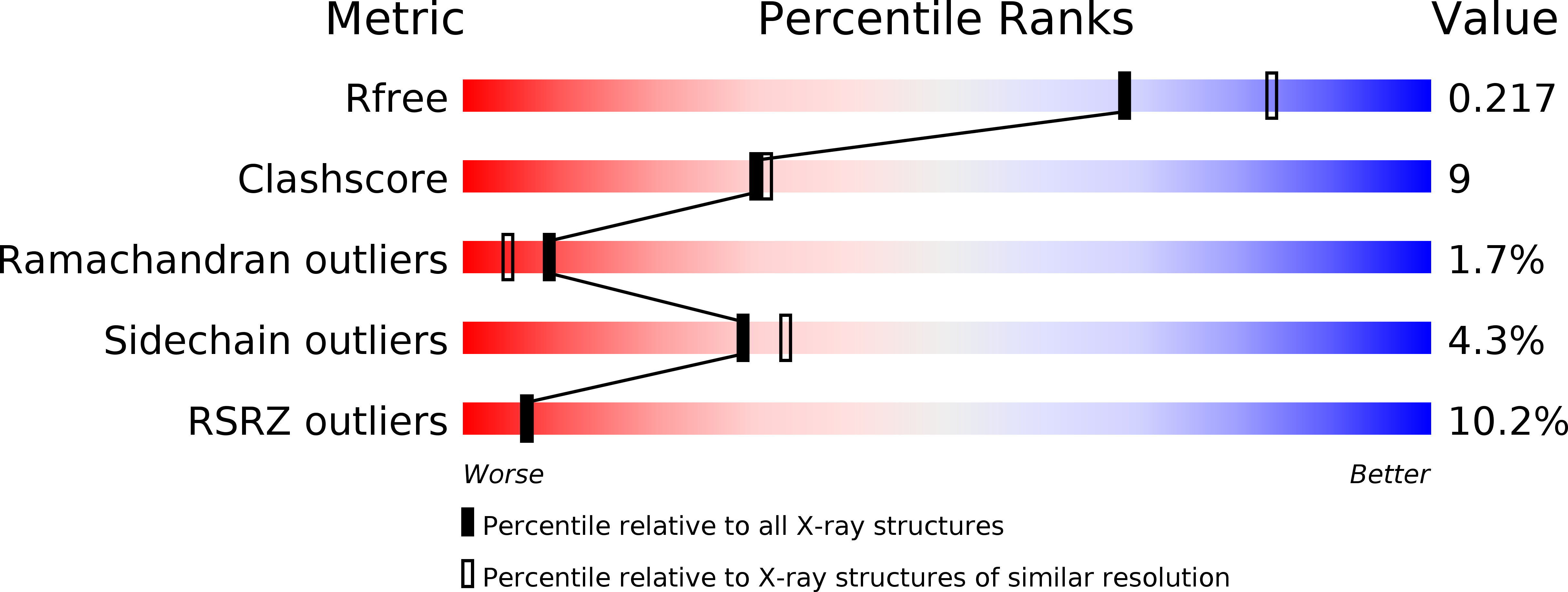
Deposition Date
2010-05-25
Release Date
2011-06-08
Last Version Date
2023-09-06
Entry Detail
PDB ID:
3N5E
Keywords:
Title:
Crystal Structure of human thymidylate synthase bound to a peptide inhibitor
Biological Source:
Source Organism:
Homo sapiens (Taxon ID: 9606)
Host Organism:
Method Details:
Experimental Method:
Resolution:
2.26 Å
R-Value Free:
0.22
R-Value Work:
0.18
R-Value Observed:
0.18
Space Group:
P 31


